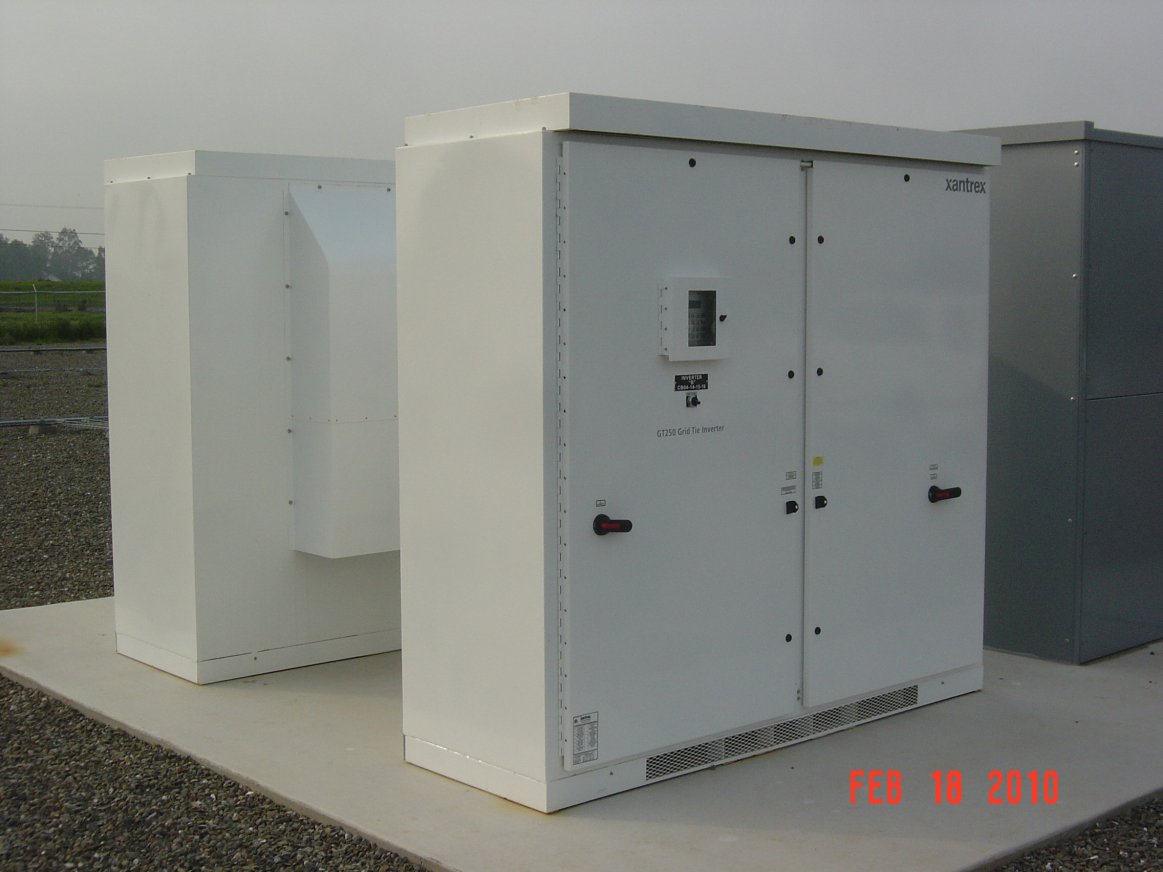
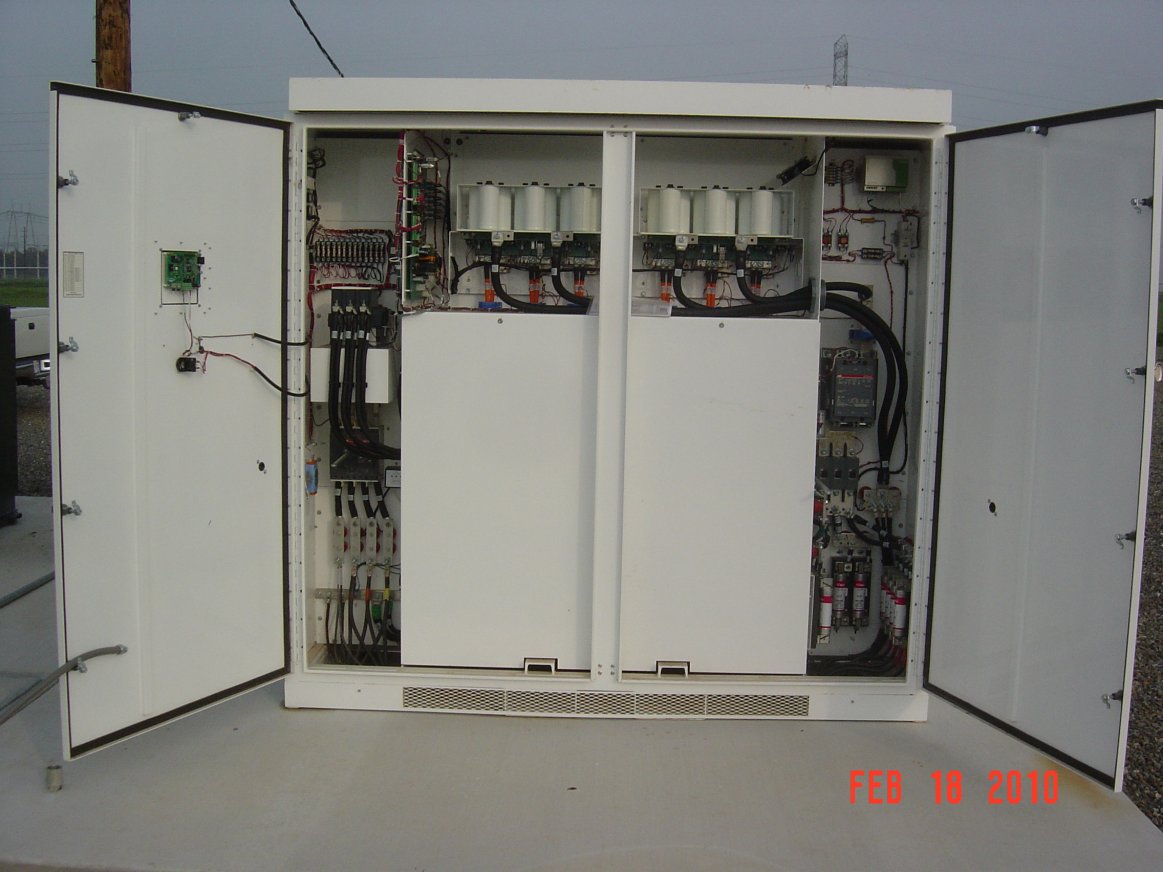
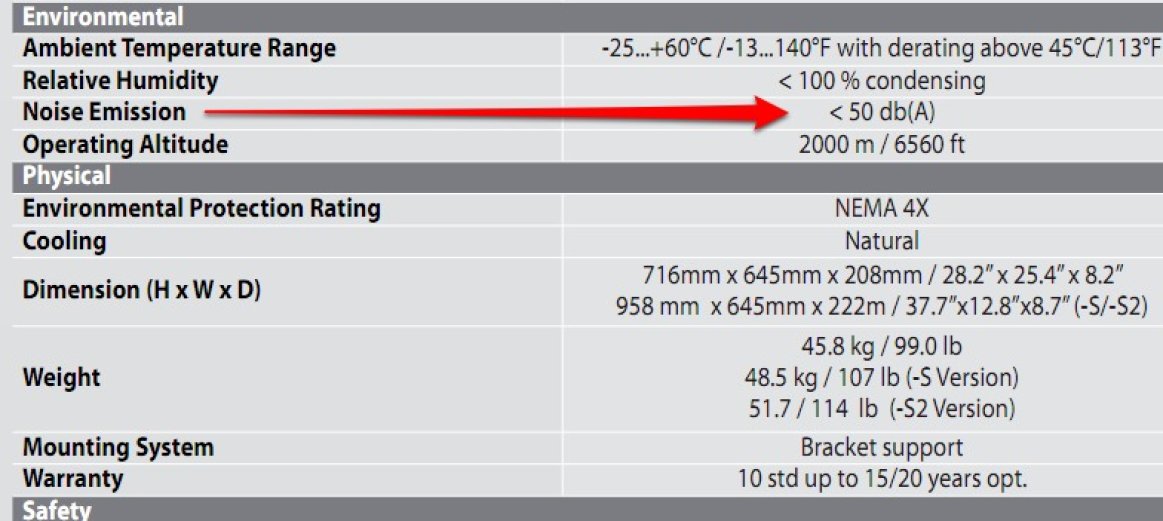
Electrical interference is a problem that might be encountered with solar power system electronics. Any digital electronic equipment produces at least some noise and nearly all equipment now used in PV systems is digital. The most common problems arise from charge controllers and many inverters (particularly modified sine wave inverters). Nearly all charge controllers send power to batteries in the form of pulses and high power digital pulses are one of the worst interference sources.
Electrical interference can be in the form of radio waves emitted from a device (termed RFI – radio-frequency interference) or can be non-radiated, such as line noise coming in from power or control lines (termed EMI – electromagnetic interference). Nearly all consumer appliances and electronic equipment sold today must comply with FCC part B - which regulates the maximum amount of EMI that devices can radiate. But nearly all DC and solar equipment is exempt from Part B, which means that they can put out much more EMI and still be legal. In the case of grid-tied PV inverters, the IEEE 1547, UL 1741 and FCC Part 15B standards specify the guidelines to control the harmonic contents of the output current and EMI generation in the inverter. These guidelines guarantee that inverters do not generate excessive noise and harmonics, which can contaminate the AC grid voltage.
Inverters can be classified by their output waveform as square wave inverters (basic and least efficient), modified sine wave (an approximation to sine wave output), and true sine wave. Any deviation from a true sine wave means that high-frequency harmonics are being generated and can either be radiated or conducted into the environment. A simple square wave inverter simply switches between positive and negative outputs each half cycle. Such inverters often have difficulty starting motors, are least efficient and produce a lot of distortion that can sometime be heard as a buzzing sound. Sine wave inverters are the most expensive inverters but produce the purest AC current that matches the current in the grid, have the highest efficiency and the least distortion. Modified sine wave inverters are in between and are used in PV systems that do not operate sensitive equipment. Modified square wave inverters are appropriate for operating a wide variety of loads, including motors, lights and standard electronic equipment like TVs and stereos. Motors, such as refrigerator motor, pumps, and fans will use more power from the inverter due to lower efficiency, some fluorescent lights will not operate quite as bright, and some may buzz or make annoying humming noises. Appliances with electronic timers and/or digital clocks will often not operate correctly.
Noise emissions from inverters are generally reduced by a combination of shielding, noise cancellation, filtering, and noise suppression. Metal enclosures are common for inverters and some other equipment. The use of shielded, twisted pairs for wiring is a common and effective practice. Filtering is a common feature of nearly all electronics.The most common method is to use capacitors across a signal line or wire to ground to get rid of the noise. More recently, the use of noise suppression provided by ferrite chokes, cores, and beads has become more commonplace in PV installations. With appropriate equipment choices, noise reduction techniques and proper installation practices, noise emissions from PV installations are not a significant problem.
What about actual sound from the inverter?
The electronic noise of an inverter can also have an audible component. Most electronic noise cannot be heard, but in larger commercial inverters and some residential grid tied or off grid models, it's a good idea to review the decibel rating of the inverter before selecting the installation location.
Sample Noise Emission Values of a three phase commercial solar inverter
This table is from the NOISE REPORT ODOT Solar Highway Project: West Linn Site Clackamas County, it shows the dBA noise level of commercial inverters at the Clackamas solar project. Understanding the dBA noise from a commercial inverter is an important component in siting an inverter at solar project.
Resources
http://www.energymatters.com.au/renewable-energy/inverters/
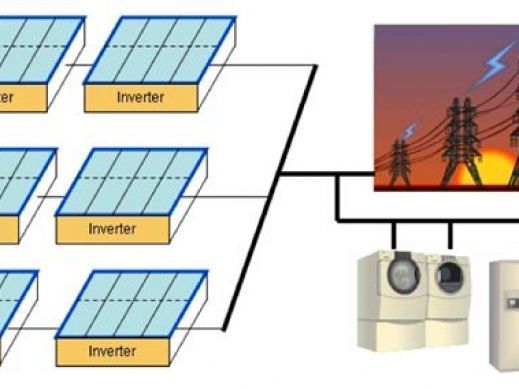
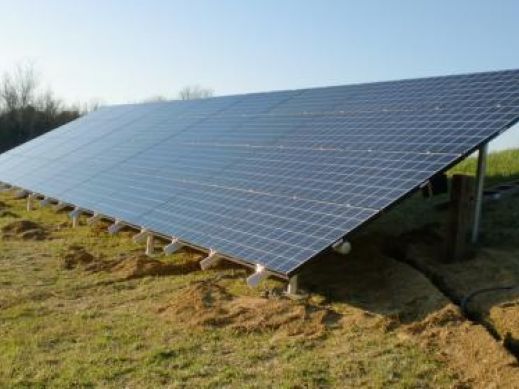
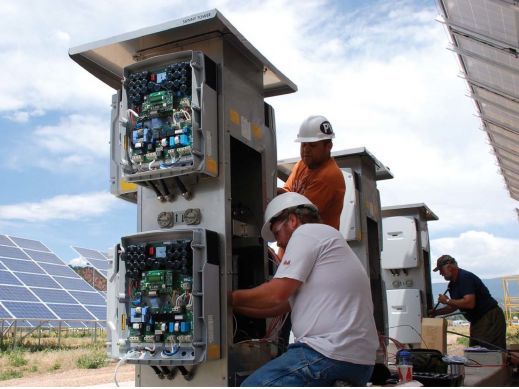
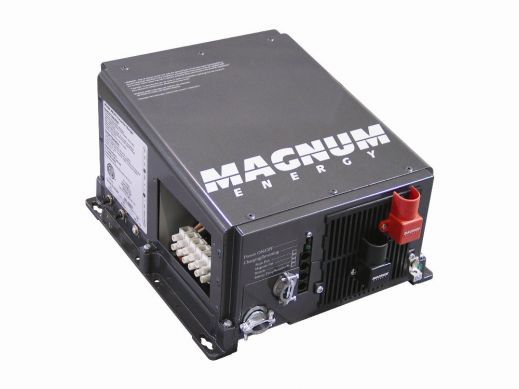
Comments
There was no measurable noise on the DC wires coming from the battery bank using an Agilent EMI probe and spectrum analyzer so filtering was not called for.